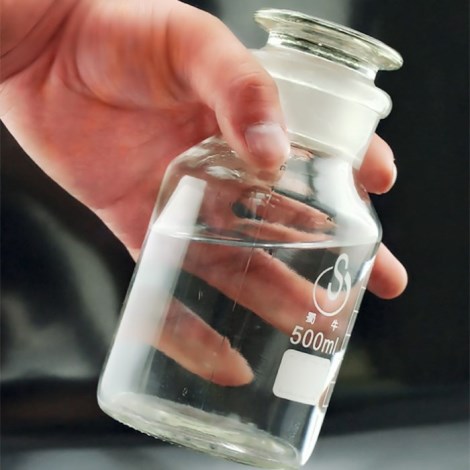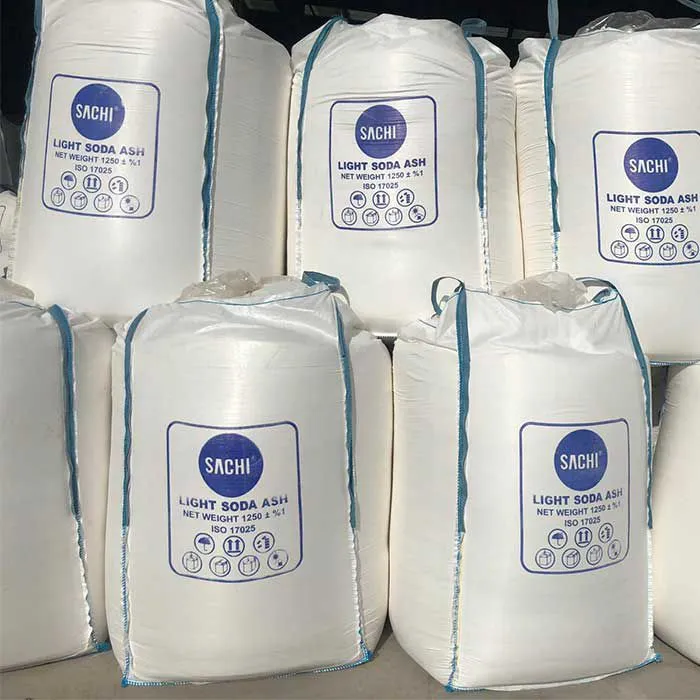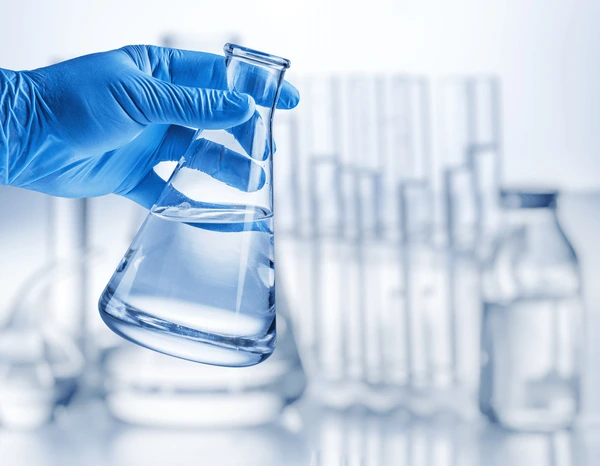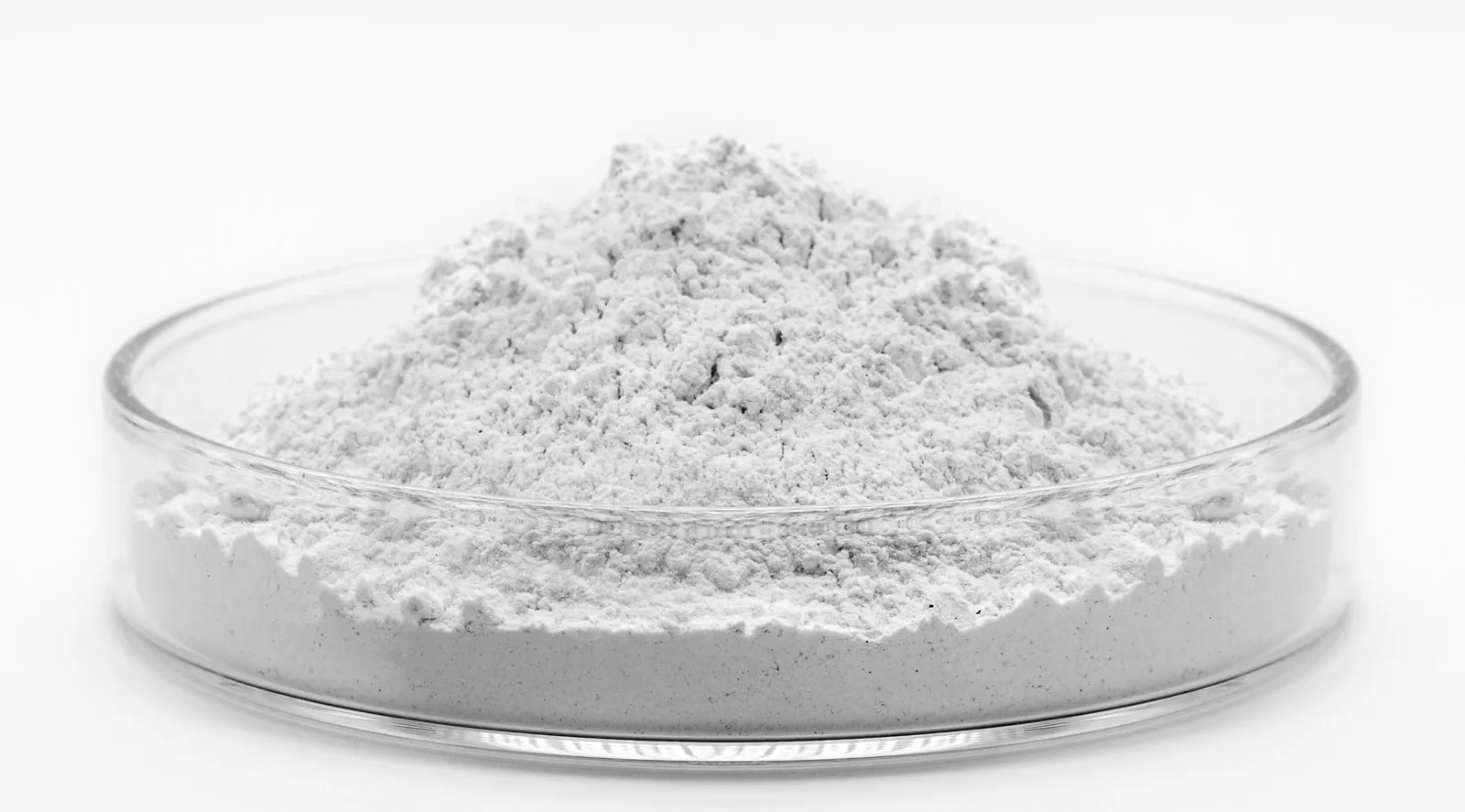by Admin9Rahim
Share
by Admin9Rahim
Share
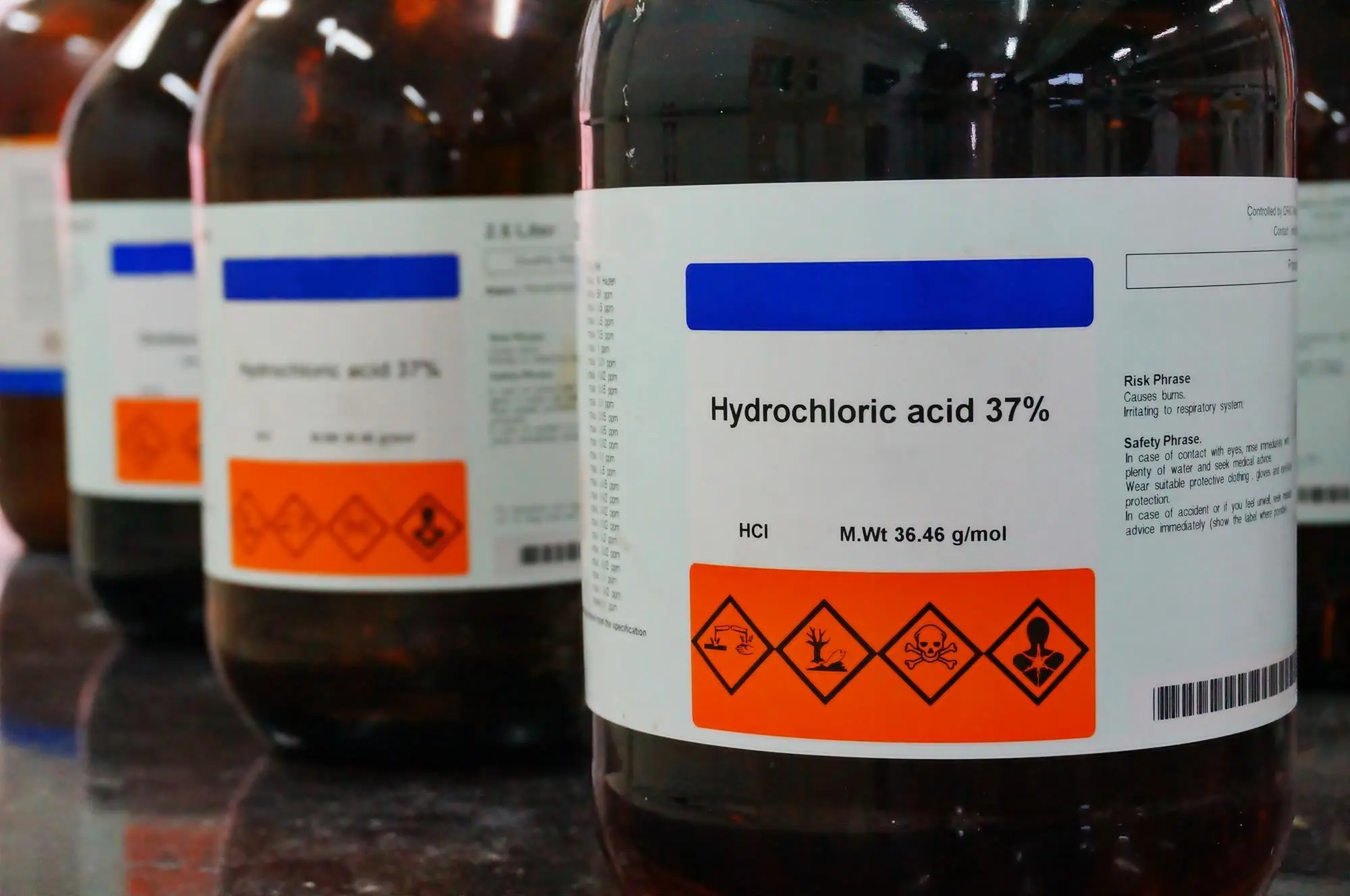
what is Hydrochloric acid
Hydrochloric acid is a colorless liquid with a pungent smell that is a solution of hydrogen chloride gas in water. It is a strong acid, meaning it readily donates a hydrogen ion (H+) to other substances. Hydrochloric acid is a common industrial chemical that is used in a variety of processes, including the production of steel, textiles, and food. It is also found naturally in gastric acid, which helps to break down food in the stomach.
History
The production of Spirits of Sa dates back to ancient times when it was produced by burning seaweed or other plant matter. The 18th century saw the discovery of the LeBlanc process, which used soda ash to produce sodium hydroxide. This process was eventually replaced by the more efficient chlor-alkali process in the 19th century.
physical and chemical properties
Physical Properties
- Color: Colorless
- Odor: Pungent
- State: Liquid
- Melting point: -74 °C (-101 °F)
- Boiling point: 85 °C (185 °F)
- Density: 1.18 g/cm³
- Appearance: Hydrochloric acid is a colorless liquid.
- Viscosity: Hydrochloric acid has a slightly higher viscosity than water.
- Solubility: Hydrochloric acid is miscible with water in all proportions.
- Electrical conductivity: Hydrochloric acid is a good conductor of electricity because it dissociates into hydrogen and chloride ions in solution.
Chemical Properties
- Chemical formula: HCl
- Acidity: HCI is a strong acid, meaning it readily donates a hydrogen ion (H+) to other substances.
- Corrosiveness: HCI is a corrosive substance that can attack metals, skin, and other materials.
- Reactivity: HCI reacts with many metals to produce hydrogen gas. It also reacts with bases to produce salts.
Production Process
The production of HCI primarily involves the electrolysis of salt water, known as the chlor-alkali process. During this electrolysis, a brine solution (sodium chloride dissolved in water) undergoes decomposition into its constituent elements: sodium hydroxide (Caustic Soda Flake), chlorine gas (Cl2), and hydrogen gas (H2). The resulting Hydrochloric Acid is typically produced in varying concentrations, with industrial-grade varieties commonly having a purity of around 99%.
Applications and uses of hydrochloric acid
Industrial Applications:
- Steel Pickling: HCI is an essential part of steel pickling. In this process, steel is prepped for further processing by removing impurities like rust or iron oxide scale. The acid dissolves these unwanted elements, leaving behind clean steel ready for tasks like extrusion, rolling, or galvanizing.
- Chemical Production: HCI acts as a key building block in the production of a vast array of chemicals. It contributes to the creation of everyday items like PVC plastic and polyurethanes, used in everything from building materials to clothing. It’s also involved in the production of certain food additives, though these applications ensure minimal HCI remains in the final product.
- Oil Production: Oil extraction can be enhanced through a process called acidizing, which utilizes HCI. The acid is injected into the rock formations surrounding an oil well. This dissolves a portion of the rock, creating larger pores that allow for easier oil flow to the well, ultimately increasing oil production efficiency.
- Regenerating ion exchangers: These are used in water treatment, and HCI helps restore their effectiveness in removing impurities from water.
- Wastewater management: Here, hydrochloric acid helps adjust the pH levels of wastewater streams, ensuring they comply with environmental regulations before release.
- Salt purification: Hydrochloric acid plays a role in purifying table salt by removing unwanted minerals.
- Leather processing: In the leather tannin. ng industry, hydrochloric acid helps prepare animal hides for processing into leather.
Household Applications (diluted form):
- Cleaning: Hydrochloric acid’s ability to dissolve mineral deposits makes it a valuable ingredient, in diluted forms, for some household cleaners. It tackles tough stains on bathroom tiles, porcelain sinks, and toilet bowls, leaving surfaces disinfected and gleaming.
- Food Processing: Hydrochloric acid finds application in the food industry, but in strictly controlled settings and minimal quantities. Here, it acts as an acidifier in certain foods and beverages. This can serve various purposes, from controlling flavor profiles to enhancing preservation in some products.
hydrochloric acid Packing
- Plastic drums: High-density polyethylene (HDPE) drums are common for commercial quantities of HCI. They come in various sizes and offer good chemical resistance.
- IBC tanks: Intermediate Bulk Containers (IBCs) are large plastic totes used for transporting bigger volumes of hydrochloric acid (up to several hundred gallons). They are typically placed on pallets for easy handling.
- Stainless steel tanks: For very large volumes or high-concentration hydrochloric acid, manufacturers may use corrosion-resistant stainless steel tanks for transport.
hydrochloric acid Safety
Gear up: Wear gloves, goggles, and a lab coat/apron. Consider a respirator for concentrated solutions or poor ventilation.
Work ventilated: Fumes are irritating, use a fume hood or ensure good ventilation.
Mix with care: Never mix hydrochloric acid with other chemicals unless you know it’s safe. Always add acid slowly to water, never the other way around.
Clean spills carefully: Wear PPE first, then neutralize spills with baking soda solution.
Store smart: Keep it cool, dry, and sealed in the original container. Out of reach of children and pets.
Dispose responsibly: Don’t pour it down the drain! Follow local regulations for hazardous waste disposal.
In case of emergency: Know where the safety shower and eyewash station are. If in contact with hydrochloric acid, get medical attention immediately.
STAY IN THE LOOP
Subscribe to our free newsletter.
Leave A Comment
What is benzene? Benzene is an organic chemical compound with the molecular formula C₆H₆. The benzene molecule is composed of six carbon atoms joined in a planar hexagonal ring with one hydrogen atom attached to each carbon atom . Because it contains only carbon and hydrogen atoms, benzene is classed as a hydrocarbon. History Benzene’s […]
Soda ash what is soda ash? Soda ash, also known as sodium carbonate, is a chemical compound with the formula Na2CO3. It’s a white, odorless, water-soluble salt that yields a moderately alkaline solution when it comes in contact with water. History The history of soda ash stretches back thousands of years, with its use predating […]
Methanol what is Methanol? Methanol, also known as wood alcohol, is a type of alcohol with the chemical formula CH3OH. It’s the simplest alcohol, consisting of a methyl group linked to a hydroxyl group. wood alcohol is a colorless, volatile, flammable liquid with a faint odor. It’s commonly used as a solvent, antifreeze, fuel, and […]
Soda Ash Light what is soda ash light? Soda ash light (sodium carbonate anhydrous) is a fine, white powder used in various industries. It dissolves easily in water and has a lower density than regular soda ash. This versatile chemical finds applications in detergents (softens water, removes dirt), glass (less common than dense soda ash), […]

